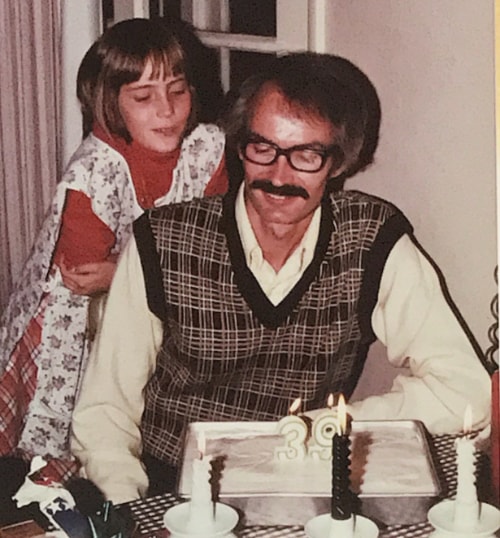Kerry here.
I hate to admit how many dinner conversations with my gaggle of five teenage boys have felt like I was sitting at the filming of a banal sitcom spoken in the language of “Teen,” where I recognized the words spoken but the way they used them made no sense! ????
I also admit to worrying about whether or not those boys would ever grow up able to have thoughtful, interesting conversations about topics of substance. Good news/bad news: Now in their 20’s, they do both. Absurd at times AND thoughtful at times. I can live with that. ????
This year, I have a deep sense of gratitude that we and our loved ones are healthy and, frankly, alive. We lost three members of our family in 2023. The experience of three deaths in three months really ground into me the value of savoring every day and finding points of joy where I can.
At the same time that there is gratitude and joy, there is also suffering in the world: in Ukraine, in Israel and Gaza, in Sudan, in areas where there have been shootings, racism, suicide, and loss, just to name a few. How do we teach our kids, especially our teens who are dialed into it all, to hold both the light and the shadow? The gratitude and the grief? I think it’s important to speak to both. Avoiding the hard stuff altogether can feel superficial. Not celebrating our blessings would be a loss on this day set aside for giving thanks. I want to model for my kids that we can experience joy at the same time that we hold space for suffering. ???? One is not at the expense of the other; we can do both.
Three ideas for celebrating joy and having meaningful conversations this Thanksgiving:
1. Set an empty chair at the table.
When someone asks about it, explain that the empty chair represents two things: the empty chairs at so many people’s tables due to the loss of a loved one. Consider having a moment of silence to acknowledge the pain in the world today. Honor your own family’s personal losses (or celebrate if there weren’t any) and honor the families in our broader community who have suffered this year. The empty chair can also represent those individuals whose worldview is not represented at our table. In the past when we’ve had an empty chair (see photo above), each person wrote on sticky notes a group of people who are not included at our table. We all put our sticky notes on the empty chair to remember that because those people are not at our table, we are not hearing their perspectives and thoughts. We talked about how our lives might be enriched if we knew and could hear from, up close and personal, a broader swath of the humans with whom we share this town, this country, this planet.
2. Ask everyone to share what they are grateful for.
I used to start the meal with this… until I learned that with a load of hungry teenagers, they raced through it in order to start eating! Now we all get our food first, and then share our “gratefuls.”
3. Use fun conversation prompts.
One of my favorite Thanksgiving memories is from the year we had a big table full of high schoolers and college kids. I slipped a few Table Topics cards under each plate and invited everyone to pick one to answer. I was worried they might not be game, but was I ever surprised! We ended up doing several rounds and having fabulous, meaningful conversations. My family also loves the question game called How Do You See The World? It’s so easy to get into ruts with what families talk about, so I love conversation cards to help uncover the rich, interesting perspectives of the young people at my table.
Sending you love and good wishes as you celebrate Thanksgiving,



